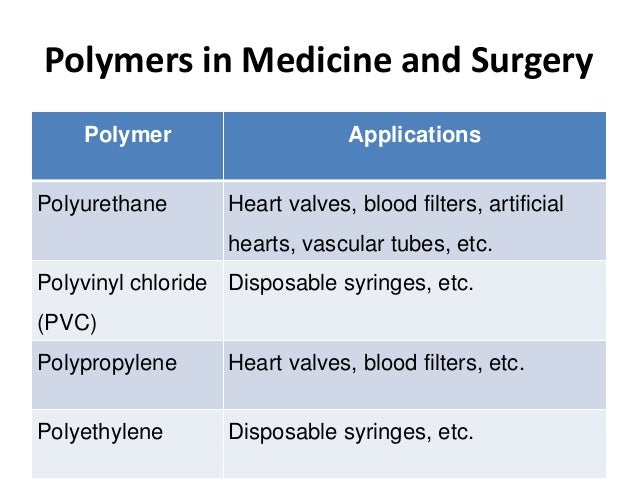When it comes to 3D printing, the sky is the limit. As 3D printing technology continues to advance, applications can be as far reaching as airplane and automobile parts to medical devices and even anatomically correct, biocompatible models. Although 3D printing technology is developing at a rapid pace, the technology itself is not new. It emerged in the 1980s as a means of creating rapid prototypes. In recent years the applications for 3D printed models have evolved with the available hardware, software, and printable materials. Evolving technology, paired with the creative and innovative minds of scientists, engineers, and physicians, has been the launching pad for developments within 3D printing technology specific to healthcare. One way 3D printing technology is poised to create better patient outcomes is in creating an anatomically and patient-specific models to aid in surgery and medical procedures. With the capability to 3D ...

Clamps have traditionally been used to control blood flow during surgical procedures. Now there is another option. A thermosensitive polymer material that can temporarily block blood flow during non-neurovascular procedures has been approved in the U.S., reports Andrew Turley in Chemistry World.
The water-soluble vessel occluder is called LeGoo. John Merhige from Pluromed, the company that makes this medical product, told Turley that LeGoo puts the vessels under less trauma than clamps and maintains the shape of the vessel, making suturing more straightforward.
Turley writes that “the key to the success of LeGoo is that the viscosity changes over a relatively narrow temperature range of only a few degrees.” At room temperature, it is a viscous liquid. At body temperature, it forms a solid gel. When injected into a blood vessel in the heart surgery below, LeGoo can halt blood flow for about 10 minutes or until cooled back a liquid by applying ice.
The active ingredient in LeGoo is a poloxamer. Researchers have been interested in these biocompatible polymers for other medical purposes such as surgical applications and for drug delivery mechanisms. Turley explains how the poloxamer’s chemistry works to plug a blood vessel:
[A] poloxamer is comprised of] three distinct ‘blocks’ of repeating monomers, a hydrophobic block of polypropyleneglycol sandwiched between two hydrophilic blocks of polyethyleneglycol. At higher temperatures, the hydrophilic arms align, and in this conformation the molecules form micelles, leading to an increase in viscosity and a phase change from liquid to gel. This process is reversed when the product is cooled, after which the molecules dissolve in the blood and pass harmlessly out of the body. Afterwards, the poloxamer can’t reform as a gel because the concentration is too low.
Although LeGoo adds a specialty to the surgical toolkit, it is unlikely to replace clamps. LeGoo is already approved in Europe, and Alun Davies, professor of vascular surgery at Imperial College London, U.K., has used it. He told Turley that clamps are comparatively cheap because they are reusable. Where LeGoo is particularly helpful though is in arteries that have become calcified, when the force of the clamp breaking up the chalky residue can lead to damage, Davies said.
Comments
Post a Comment